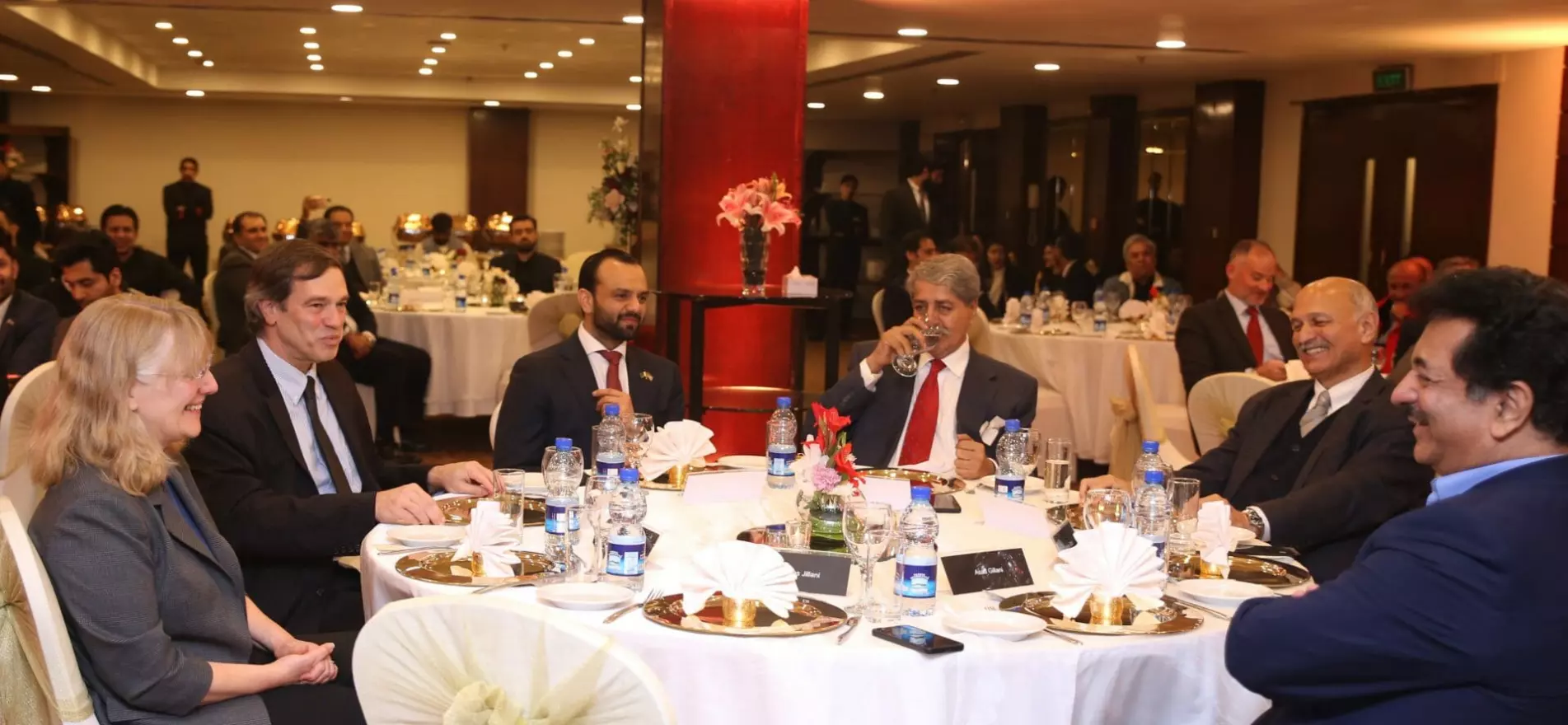In the ongoing talks with the International Monetary Fund (IMF), Pakistan has delivered a hopeful message, asserting that its current account deficit might stay below $4.5 billion due to lower-than-expected imports. This revelation could potentially alleviate external financing concerns for the current fiscal year, providing a ray of optimism amid economic challenges.
The Ministry of Finance informed the IMF that, despite compression measures and reduced imports, Pakistan aims for economic growth within the range of 3% to 3.5%, with inflation aligning around the official target of 21%. This positive projection comes amidst discussions under the first review of the $3 billion standby arrangement.
A notable development is the potential reduction in the current account deficit from the initially projected $6.5 billion to a range of $4 billion to $4.5 billion. This reduction, if endorsed by the IMF, could significantly narrow the external financing gap, surpassing the $1.5 billion the government is struggling to raise through Eurobonds.
The Ministry’s assessment hinges on the assumption that Pakistan will achieve its export target of $30 billion for the current fiscal year. Although exports for the first four months were $9.6 billion, up 0.7%, the decline in imports—projected at $54 billion, $10.4 billion less than the IMF’s July report—offers a silver lining.
However, the decrease in imports might impact the Federal Board of Revenue’s tax receipts, which are based on projections from over $60 billion in imports. This could complicate ongoing talks with the IMF, where external financing and high debt servicing costs are key concerns for the second loan tranche of $710 million.
On the growth front, the government’s more optimistic assessment of 3% to 3.5% contrasts with projections from the central bank and the IMF. The Ministry envisions a medium-term rise to 5.5%, with the economy benefiting from improved crop output, particularly in rice and cotton.
While fiscal conditions improved in the first three months of the fiscal year, challenges persist, notably in managing the growing debt servicing costs. The IMF will soon share its assessments on GDP growth, current account deficit, and inflation, shedding further light on Pakistan’s economic trajectory.
As Pakistan navigates these economic intricacies, the nation remains cautiously optimistic, banking on prudent policies and international cooperation to weather the challenges ahead.



